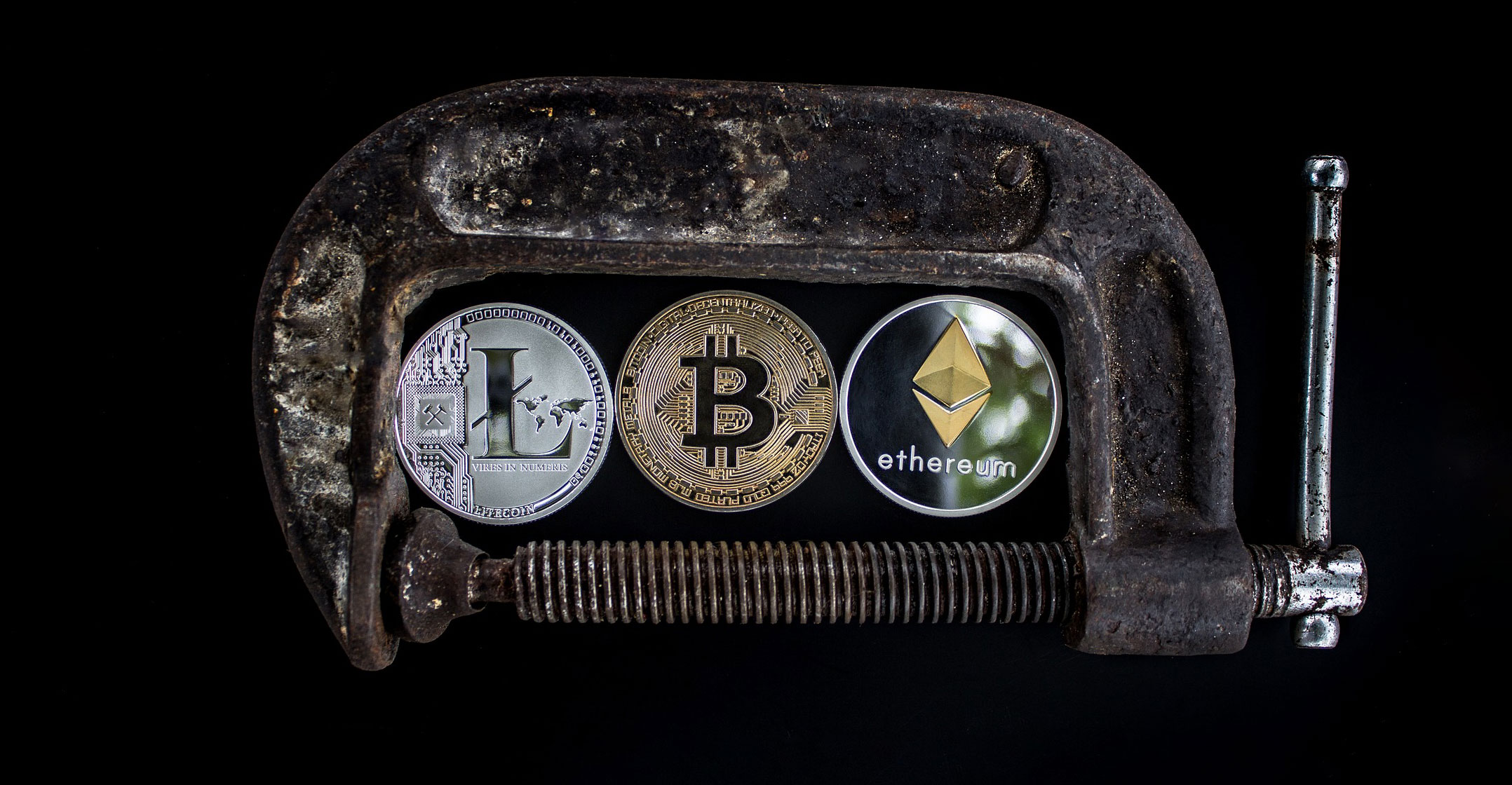 Going by the mainstream business press, you’d think the big stories of 2019 in cryptocurrencies are the quadrupling of the price of bitcoin and a shift by big institutions such as JPMorgan Chase & Co and Facebook from the blockchain-not-bitcoin model popular from 2014 to 2018 to bitcoin-with-training-wheels.
Going by the mainstream business press, you’d think the big stories of 2019 in cryptocurrencies are the quadrupling of the price of bitcoin and a shift by big institutions such as JPMorgan Chase & Co and Facebook from the blockchain-not-bitcoin model popular from 2014 to 2018 to bitcoin-with-training-wheels.
If you read technology news feeds, you’d instead focus on new highs in network throughput, hashrate and gas prices — metrics that indicate cryptocurrency success in its own terms, rather than how traditional financial markets value that success. And perhaps even more exciting, bold new experiments about one of the oldest and most important questions in economics: how to get money to circulate.
However great the technical merits of a new form of money, it must circulate to become “currency”. But people only accept money if they’re confident they can spend it. The chicken-and-egg dilemma is money can’t circulate until it circulates. This is a fundamental mystery in economic history and among the most pressing problems in macroeconomic policy today.
The historical question is why people start using money. The macroeconomic version is how to get more money to circulate in order to stimulate the economy. New cryptocurrencies face this problem in acute form. How do you distribute the new currency so people will start using it? Crypto ventures are generating full-scale experiments now to shed light on this issue, and possibly lead to insights that change central banking, public securities markets and the Internet.
During the Great Depression, John Maynard Keynes suggested burying bank notes in disused coal mines to get money into the hands of people who would spend it. Bitcoin adopted this suggestion, but substituted solving mathematics problems instead of searching for buried bills. Milton Friedman suggested in 1969 dropping US$100 bills out of a helicopter. This has been adopted by many new cryptocurrencies under the name “air drop”. You give a significant fraction of your new currency away to users of other crypto — usually people with ethereum accounts. The most popular method in 2017 was the initial coin offering modelled on equity market initial public offerings.
Basic plumbing
The most exciting innovation in initial distribution of cryptocurrency in 2019 is Handshake’s directed airdrop. The Handshake protocol and its associated HNS cryptocurrency is intended to replace the basic plumbing of the Internet — the stuff that makes sure when you type a Web address into your browser you get to a page controlled by that website and that provides security certificates. Handshake is supported by a who’s who of venture capitalists, entrepreneurs and Internet theorists. It was developed in secrecy until public announcement a year ago. (Full disclosure: I have a stake in a hedge fund that has invested in Handshake.)
Internet plumbing today is controlled by for-profit entities. This works well, mainly because altruistic and technically competent people got involved with these organisations before most people realised the vast economic power involved. But this won’t last forever. Handshake has a faster, more transparent and more secure solution, controlled by consensus of the Internet community rather than trusted third parties. Domain name registration and other fees would be paid in its HNS cryptocurrency. It can run in parallel with the existing Internet. Individual website owners and browser developers could choose to support it along with the current system or instead of the current system.
 That said, it will either fail or take over due to the strong network advantages of a common system. This is a typical problem — a collectively beneficial change that is blocked due to the number and complexity of vested interests. Often these defy both political and free market solutions. The directed airdrop solution is to create a new currency that would solve the problem if adopted, and give it away to a critical mass of entities so all gain more by switching than by blocking the change.
That said, it will either fail or take over due to the strong network advantages of a common system. This is a typical problem — a collectively beneficial change that is blocked due to the number and complexity of vested interests. Often these defy both political and free market solutions. The directed airdrop solution is to create a new currency that would solve the problem if adopted, and give it away to a critical mass of entities so all gain more by switching than by blocking the change.
HNS will be given to hundreds of thousands of entities from large grants to the entities that control Internet plumbing today, to many individual developers and website owners. Using clever game theory and crypto tools built into the currency, Handshake hopes to succeed where negotiated solution cannot be reached and a top-down coerced solution would likely be worse than the current state.
If this full-scale experiment tackling a significant economic problem succeeds it could open the door to cryptocurrency/game theory solutions to political issues from tariffs to climate change, as well as give central bankers scalpels instead of hammers to keep economies humming. — Written by Aaron Brown, (c) 2019 Bloomberg LP




